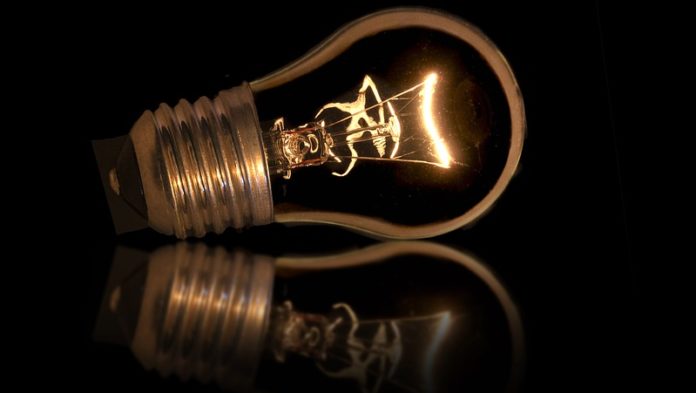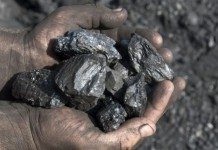
THE underperformance of Eskom’s fleet of coal-fired power stations is currently being concealed by falling demand. Even a 0.1% uptick in GDP growth would result in a resumption of load-shedding, Nelisiwe Magubane, chairperson of Matleng Energy Solutions and a member of the Eskom board, said on Wednesday.
Nelisiwe said Eskom was reviewing its system availability. The previous energy availability factor report of a few months ago predicted 75-80%. At this point availability was 69-70%.
Mike Rossouw, CEO of Independent Energy Thought Leader and a former chairman of the Energy Intensive Users Group, said if demand picked up, South Africa would experience loadshedding twice a day.
Magubane and Rossouw were speaking at the Afriforesight Future of Coals & Bulk Commodities Conference in Sandton.
Rossouw said the root of the problem facing Eskom was that its pricing policy was wrong. It was devised when Eskom was stable and smaller and not building new power stations. “Today it is the worst medicine for Eskom. The good news is that it can be changed overnight, without parliamentary processes, and things will start improving,” he said.
He said price and demand were inextricably linked. About 75% of Eskom’s income was derived from industry and mining, who were paying too much for power. A comparison of South Africa’s industrial and mining tariffs (rather than its average price) with the same sectors globally showed Eskom’s prices were far higher.
For some smelters, 60% of costs are electricity. At the moment 47 South African smelters were shut. Several South African mines were now smelting offshore because they could get better prices elsewhere.
As Eskom increased its tariff, demand for electricity was falling. As a result, Eskom did not have the revenue to pay for its current scale of operations, which were 500% bigger than they were in 2001 measured in number of plants, Rossouw said. The tariff allowed Eskom by the regulator should reward the utility for good behaviour and punish it for bad behaviour.
Rossouw said Eskom’s average price should not be more than 90c/kilowatt hour (kWh), and ideally it should be about 80c/kWh. Eskom has some power stations that can produce at 30-35c/kWh, but others were generating at a cost of 90c/kWh.
A price of 80c/kWh presupposed that Eskom could bring costs under control. “It makes no sense to raise prices because costs are not under control,” he said.
Rossouw said Eskom’s high costs resulted from three main factors. Firstly, it was paying excessive costs for coal as a result of too many small operators supplying bad coal intermittently and destroying road infrastructure at the same time. “(Former Eskom CEO Brian) Molefe’s ‘I don’t want the bakery I just want the bread mantra’ is nonsense,” Rossouw said, because coal and power stations were inextricable.
A second problem was that Eskom had too many assets. Breakdowns were now 20% of capacity from 3% in 2001 and fixing breakdowns required three times as many resources as planned work.
The third problem, Rossouw said, was staff and other costs. Eskom could address those costs, if it was allowed to do so. It should not be stopped from retrenching. “Every company in the world that is in trouble cuts back operations and staff,” he said.











